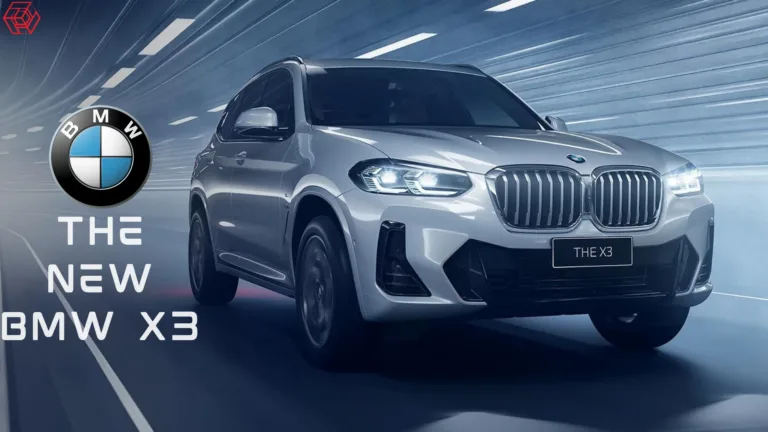
2022 BMW X3 is now available in India, with prices starting at Rs 59.90 lakh
The BMW X3 facelift has been delivered in India, with estimating starting at Rs 59.90 lakh. For now,…

The BMW X3 facelift has been delivered in India, with estimating starting at Rs 59.90 lakh. For now,…
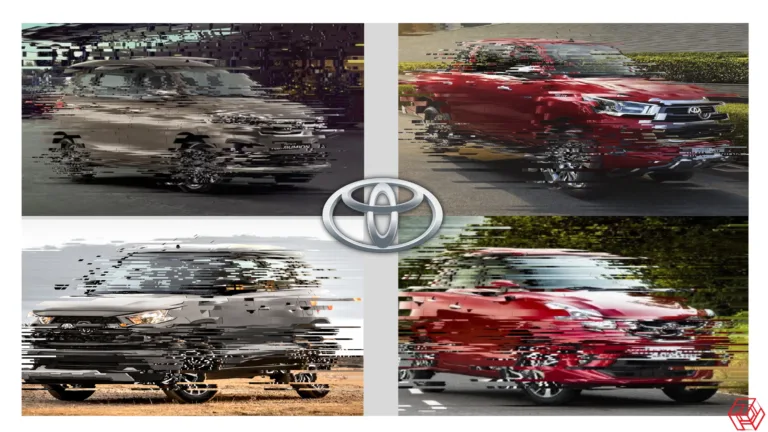
After a relatively quiet 2021, with only facelifts for the Fortuner and Innova Crysta, Toyota has kicked off…
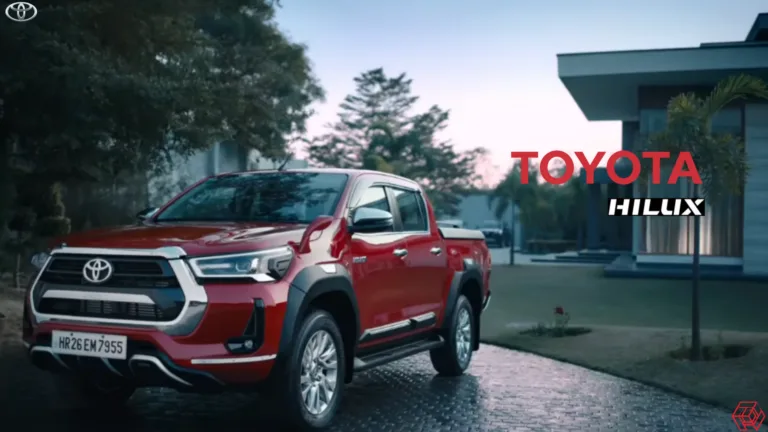
In India, Toyota has finally unveiled facts about the Hilux pickup vehicle. In March, the Hilux’s pricing will…
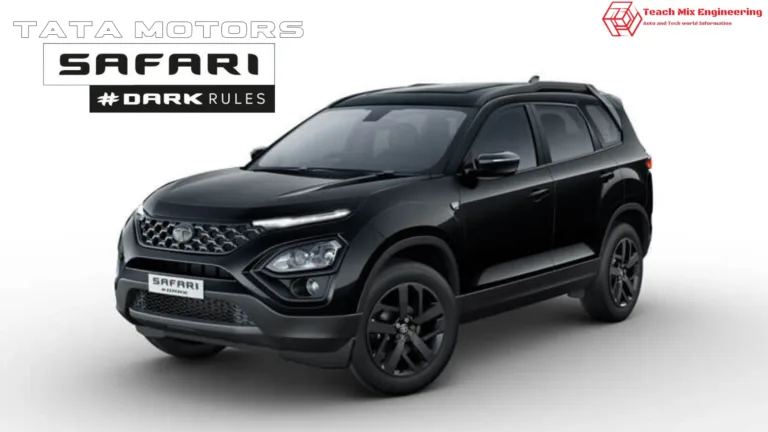
The new Dark Edition variant has been added to the Tata Safari lineup, making it the fifth Tata…

Check out our detailed spec sheet comparison of the newly launched Yezdi Adventure and its main competitor, the…

Royal Enfield has had a busy two years, with the introduction of two new important motorcycles, the Meteor…

A people carrier, commonly known as an MPV (Multi-Purpose Vehicle), is a big hatchback with seats for five…
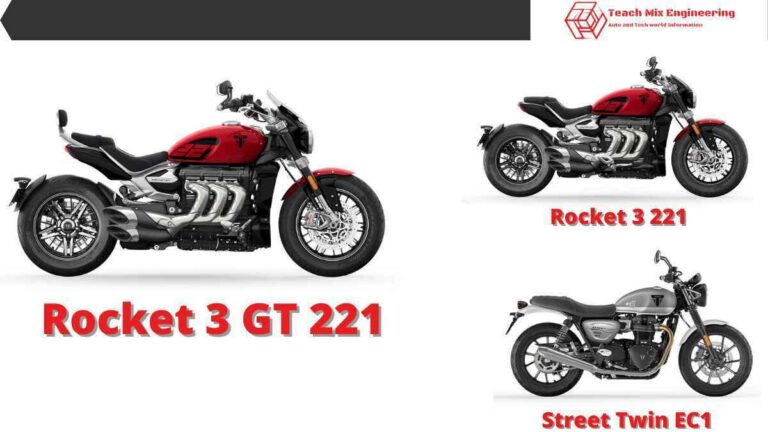
STREET TWIN EC1 SPECIAL EDITION: The paint job on this limited-edition Triumph Street Twin EC1 is inspired by…
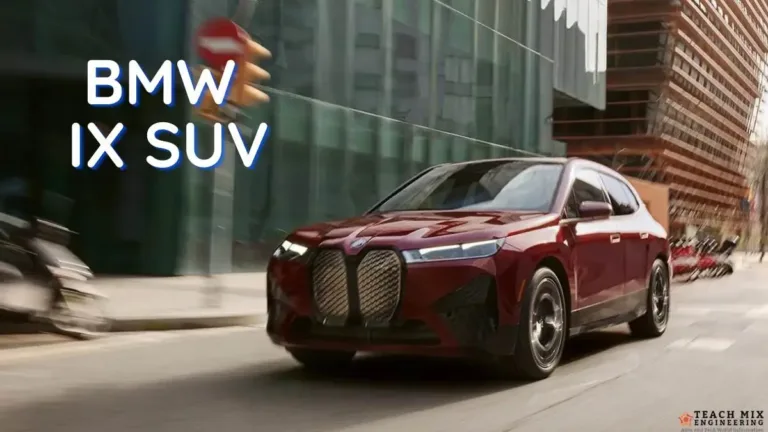
BMW will finally launch the first-ever electric vehicle in our market next month. The all-electric BMW iX will…

Following a successful badge-engineering run with the Vento and Rapid sedans, Volkswagen and Skoda have embraced a much…